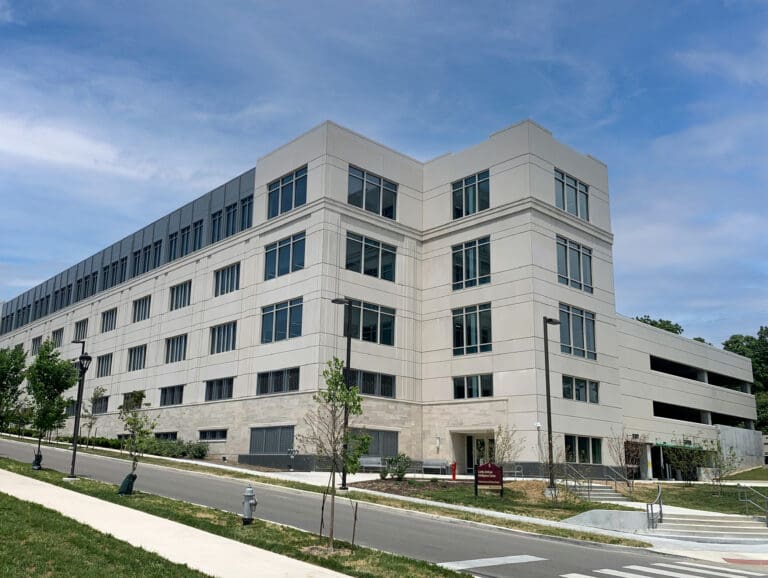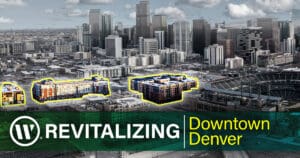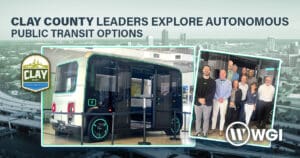With the continued development of land and the increase of infill redevelopment, more and more people are moving into cities. Adding trees and increasing canopy within our cities provides well-documented gains ranging from environmental to social, health, and economic benefits.
Environmental Benefits
Urban trees provide a variety of positive environmental benefits, particularly air purification. Trees absorb harmful pollutants such as nitrogen oxide, ammonia, and sulfur dioxide, and trap fine particulates like dust, pollen, and smoke. Trees also play an important role in mitigating climate change, absorbing hazardous carbon dioxide (CO2), storing the carbon, and releasing oxygen. Studies show that in one year, an acre of urban trees can absorb the equivalent CO2 produced while driving a vehicle 26,000 miles.
Urban trees also assist in water purification; tree leaves and roots filter water and remove pollutants. Trees reduce water runoff, helping recharge water tables. Trees also aid water conservation by minimizing water evaporation in the surrounding landscape.
Social and Health Benefits
Numerous studies show urban trees’ provide many social and health benefits. Trees give neighborhoods an identity, fostering a sense of community. Urban landscapes increase residents feelings of safety; promoting trust between neighbors and encouraging social interaction while helping to reduce crime.
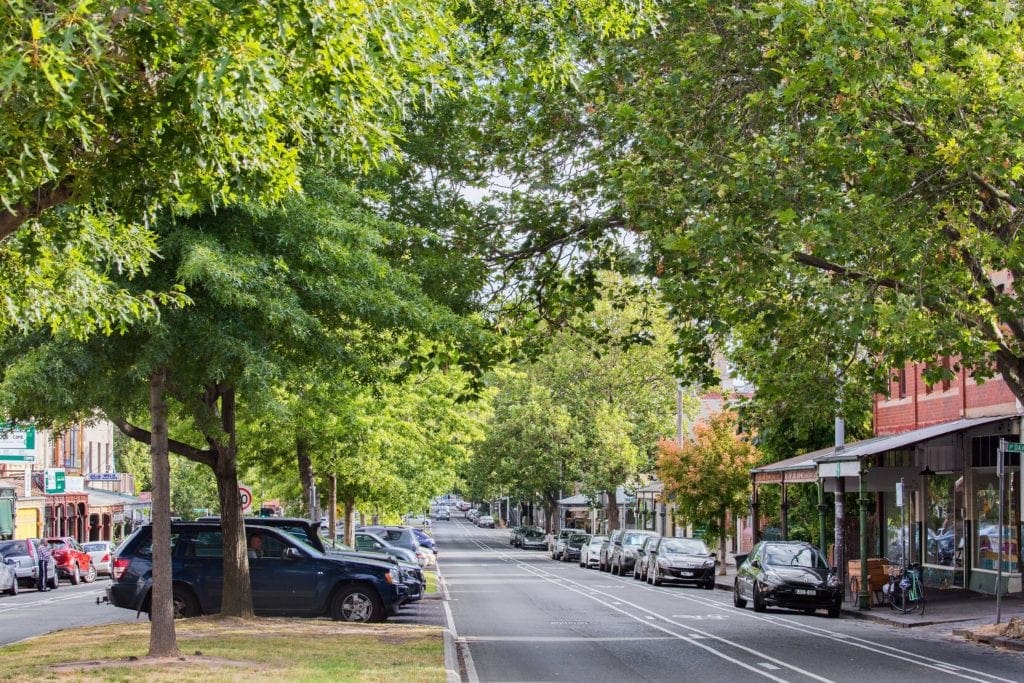
There are multiple health benefits associated with incorporating trees into the urban environment. Studies show that incorporating natural tree and plant systems assists in reducing blood pressure and stress for residents. The cleaner water and air lead to healthier people within these urban areas. Trees also reduce the “heat island effect,” cooling the area and providing a more pleasant microclimate. This encourages adults and children to spend more time outdoors being active, leading to a healthier lifestyle. For children, these benefits also assist them in developing essential social skills.
Economic Benefits
Urban trees also provide economic benefits to the community, residents, and business owners. Providing smart planning of tree locations can help conserve energy and save money for residents; proper placement of trees around structures can reduce air conditioning and heating costs by 30%.
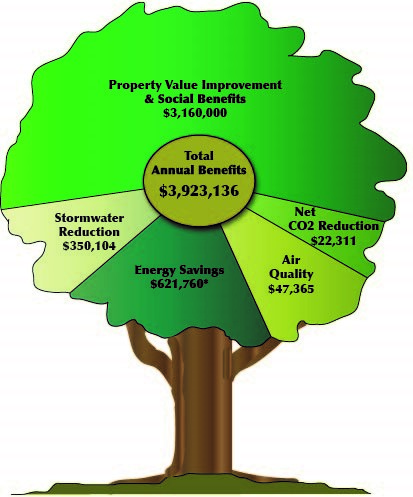
Including trees within the urban landscape can also significantly affect property values as much as 20% – as well as increase tourism and business interest.
Promoting a Healthy, Green Infrastructure
As trees continue to grow, their ability to provide all of these benefits amplifies. It was once stated that trees are the only infrastructure element that grows in value over time. With that concept in mind, and considering all the benefits trees provide, protecting existing canopy and supporting successful growth of installed trees is crucial to the success of our urban environments.
As development increases, so increases the need for infrastructure elements, including overhead and underground utilities, fiber optic, drainage elements, signage, and lighting elements. Many times these elements also include large easements or regulatory horizontal and vertical offset clearances.

Quite often, trees and landscape elements take a backseat to these other infrastructure elements, particularly in tight urban environments. The successful growth of urban trees requires consideration of their needs. This includes providing for significant root growth, horizontal clearances from roadways, clearances from buildings and lighting, etc. With thoughtful consideration, many of the trees’ requirements can coalesce with other infrastructure requirements. For example, ensuring utilities are planned within required tree roadway offset clearances, instead of prime locations for tree installations. Other efforts include providing soil cell technology under sidewalks which utilities could run through, protecting the utility and sidewalk while providing adequate soil volumes for successful tree growth. Landscape architects and planners need to work with utility and civil engineers to take a holistic approach to the overall infrastructure design and ensure that urban trees are equally considered as a vital infrastructure element.
Resources:





